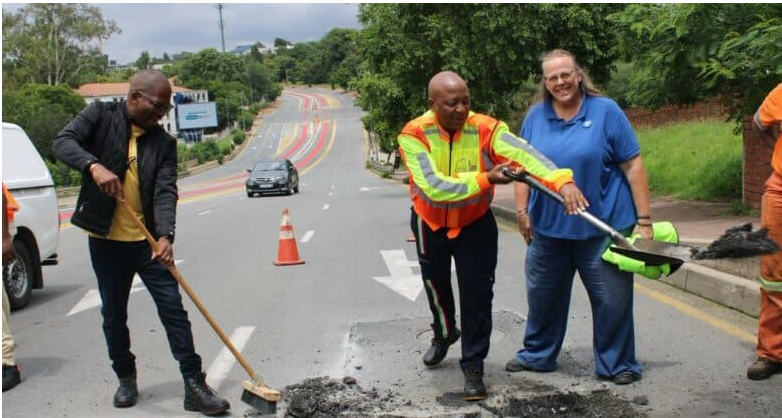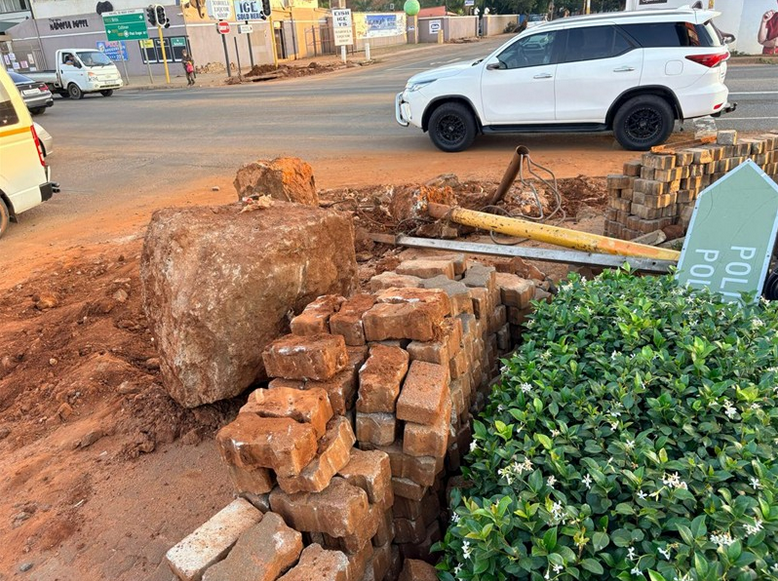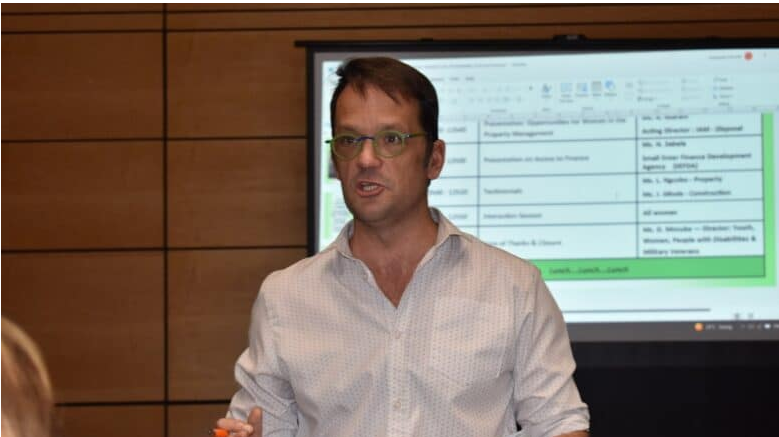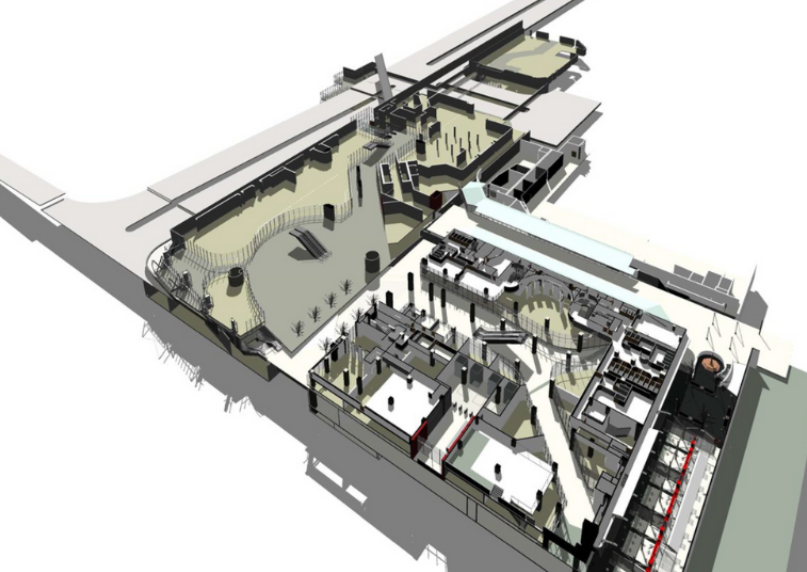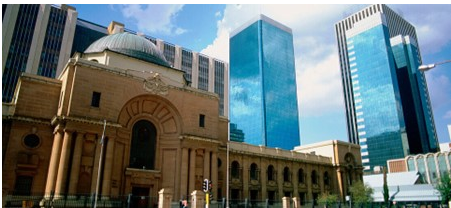ESG is an investment driver for real estate and construction

Advertising
30-07-2021
Read : 648 times
Business Live
Source
The pandemic has reshaped the real estate and construction sectors. As organisations embrace remote or hybrid working models, the need for physical office space and industrial buildings is decreasing. Many companies, on both the occupier and owner side, have had to quickly shift into revenue-protection mode as cash flows have slowed.
With lockdowns and movement restrictions, construction projects are also facing immediate and midterm impacts, such as dormant construction sites, labour restrictions, a disrupted global supply chain and missed project milestones. This has brought to the spotlight the need for enhanced agility, digital transformation and a renewed approach to the environmental aspects of environmental, social & governance (ESG) strategies.
According to the 2020 Global Status Report for Building and Construction, carbon dioxide (CO2) emissions from the construction sector contribute 38% of global energy-related CO2 emissions, while electricity consumption in building operations represents nearly 55% of global consumption. Though these numbers are alarming, exponential technologies and global policies are giving rise to positive developments towards building decarbonisation and energy efficiency as the world sprints
towards becoming more carbon neutral by 2050.
Financial institutions and real estate companies are realising the investment opportunities and strong growth potential of sustainable construction. New projects offer developers the opportunity to integrate sustainable strategies into building design from inception, to maximise the financial benefits that come from sustainability savings and to avoid the need for costly retrofits in future. Buildings that do not adhere to sustainable practices may take longer to sell and may incur higher sale prices, as well as lower rental occupancy rates, resulting in a loss of market share.
To truly reap the long-term benefits that come with developing ESG policies, organisations must remain firm on the implementation and continued compliance of their chosen framework. Investors need to understand how each ESG strategy creates value and whether the entire framework, from start to finish and across the entire value chain, is sustainable — from the suppliers (raw material suppliers and building contractors) to the operations, rollout and management teams, as well as industry regulators, and eventually the landlords and tenants. Investors want to see how the chosen ESG framework lives and breathes within the organisation. Much depends on the level of trust between all of these players and how they prioritise these sustainable processes.
With ESG at the top of the global agenda, responsible investing is also gaining momentum in SA. A recent risk landscape report conducted by BDO SA reflected that 22% of Middle East & Africa participants were more likely to implement more rigorous ESG policies than those in any other region. The government plays a critical role in unlocking further opportunity alongside organisations such as the Green Buildings Council of SA to inspire the development of environments in which people and the planet survive harmoniously. While the pandemic has brought with it many challenges, it also presents a shift towards incorporating decarbonisation measures into recovery packages that can dramatically increase renovation rates, channel investment into zero-carbon buildings, provide jobs and increase real estate value.
Organisations looking to implement or improve their ESG frameworks can turn to more than 1,000 indices that benchmark ESG performance globally. Depending on the type of investors an organisation is trying to attract, they can be held accountable to any number of these. The lack of a solid framework can result in companies creating their own processes that do not account for proper risk management infrastructures, which may add significant compliance burdens. This results in inaccurate reports that don’t only damage reputation but also hinder investment funding opportunities.
The key to accurately and transparently tracking ESG risks lies in an integrated approach to risk management through centralised and integrated technology solutions. ESG frameworks must intrinsically link every aspect of the business, from the business model to strategy, performance, risk and governance. This includes, among other things, identifying risks within the supply chain, making purchasing decisions with an eye to suppliers’ ESG credentials, implementing policies to improve diversity and inclusion, and ensuring strategic objectives include ESG considerations. Ultimately, compliance is just part of an organisation’s social licence to operate. It is not something that should be approached separately, but rather needs to be systematically integrated into day-to-day operations.
Another key driver for local business sustainability is being able to react and adapt quickly, essentially being agile. Success in an uncertain environment means being able to effectively evolve with the changing world. Risk management frameworks must be adaptable and organisations must look at strengthening their risk awareness. One way to do this is to implement early-warning monitoring systems that use data to stress-test a wide matrix of scenarios. The only way to achieve stable growth and sustainable success is by being agile, because as recent events have shown, risk is inevitable and continuous.
The global economy is in survival mode. As businesses emerge and focus on their recovery strategies, ESG will be key to navigating a path forward. The companies that come back stronger will be those that focus on long-term sustainability and resilience. ESG has a pivotal role to play in enabling post-Covid economic recovery in the real estate and construction sectors, particularly if long-term investors align recovery with sustainable outcomes.
The implementation and compliance of sustainable business practices that attract long-term investment to SA should be front of mind as businesses plan for the future and our economic recovery. The businesses that will thrive tomorrow are likely to be those that understand and respond to these trends today.
Recent News
Here are recent news articles from the Building and Construction Industry.
Have you signed up for your free copy yet?
